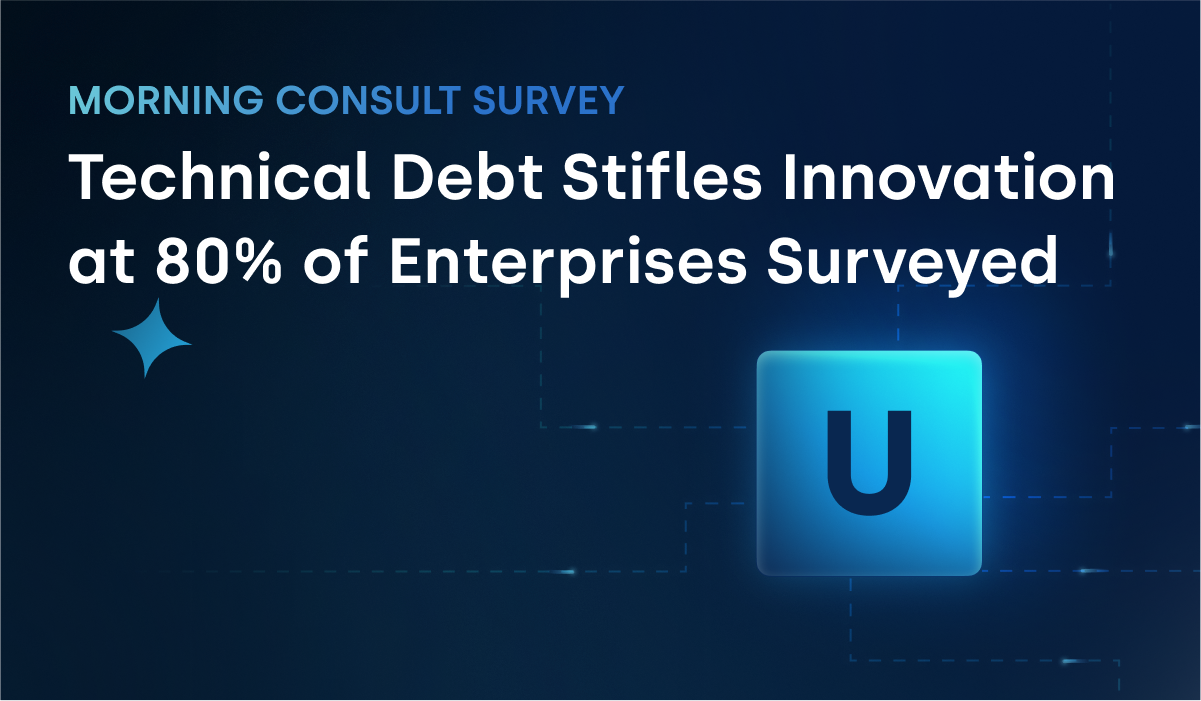The old ways of doing business in the Property and Casualty (P&C) sector no longer suffice. While P&C represents about a third of all insurance premiums overall, growth has remained stagnant as relative to GDP. And this was the situation before a global pandemic shook the industry, with ramifications that will play out for months, if not years.
In order to remain competitive in a volatile and uncertain marketplace, P&C companies must develop the capacity to rapidly develop innovative business models and products, remain productive around COVID-era disruptions, build new operational efficiencies, and address new or evolving risks including cybersecurity, climate change, and intangible assets.
To achieve this necessary operational flexibility, the industry has prioritized the digital transformation of core operations from enhanced customer-facing services to optimized back-office processes (including determining, selecting, and managing risk using new classes of sensors and machine-powered analytics).
Going digital, however, isn’t for the faint of heart—particularly in a complex and highly-regulated sector such as insurance. Custom enterprise software requires the upgrading and integrating of legacy systems, complying with an evolving patchwork of oversight, and competing for scarce IT talent. Factoring all these challenges together, developing enterprise software can be a painfully inefficient affair with 85% of projects going over schedule and 70% of large-scale digital IT programs failing to even reach their stated goals.
This is why leading P&C companies are increasingly embracing no-code. This new class of cloud-based development platform eliminates traditional friction points and accelerates the building of scalable, enterprise-ready insurance solutions.
No-code offers a number of inherent advantages over other development approaches. For one, no-code platforms come “out-of-the-box” (or, out-of-the-virtual-SaaS-box) with all the toolsets and elements necessary to build and manage a robust application (e.g., front end UX, workflow, rules engine, analytics, integrations, and maintenance). Since they’re all components of the same unified platform, everything just works together in instant harmony. This means organizations can devote all their resources to addressing business challenges instead of technical ones.
Also, by eliminating the need to write code from the building process, no-code expands the scope of who is doing the development. In a no-code platform, users (or “Creators” as we refer to them at Unqork) build applications by drag-and-dropping configurable elements representing both user-facing features and back-end application logic. While modern programming languages (Java, Python, etc) can take a year to learn and a decade to master, no-code can usually be learned in a month or two, which makes development more collaborative, and recruiting more flexible.
The takeaway: No-code empowers P&C firms to readily explore digital opportunities that would have been inaccessible just a few years ago. In this eBook, we’ll explore how today’s most innovative P&C leaders are using no-code to supercharge their digital transformation and deliver benefits to customers (via enhanced services and increased access), employees (who can spend more time building value rather than executing routine tasks), and the bottom line (through lowered overhead and the creation of new sources of revenue).




